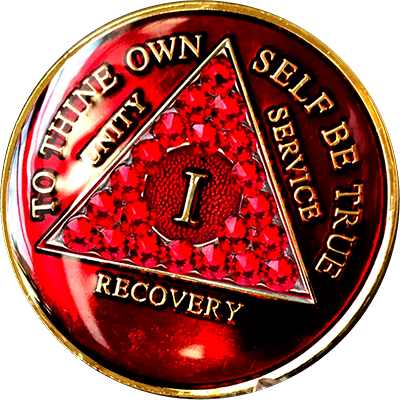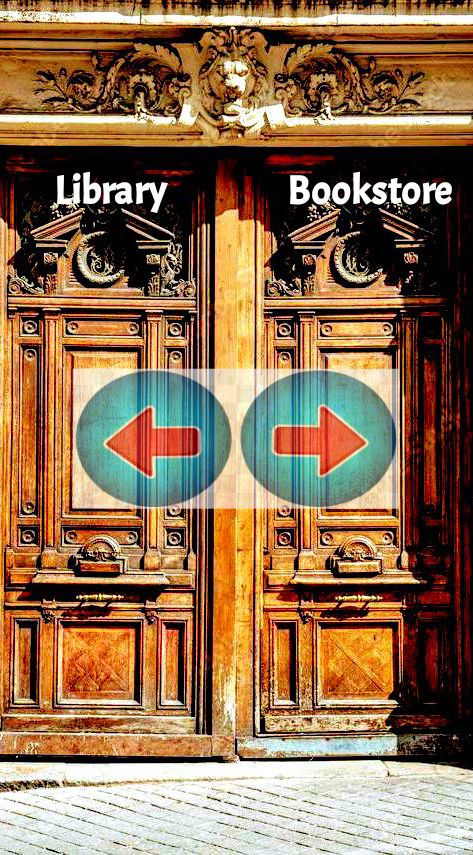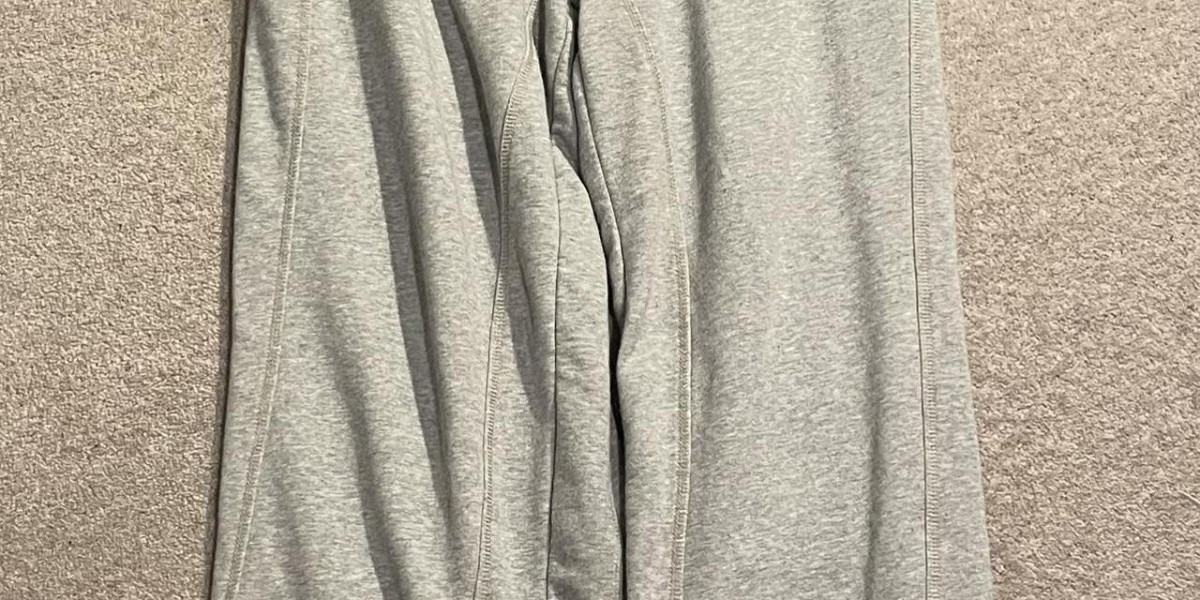The Rise of a New Icon
In the sprawling landscape of modern fashion, the term Essentials has risen to a place of profound influence, not merely as a brand but as a movement. Spearheaded by Jerry Lorenzo under the visionary umbrella of Fear of God, Essentials represents far more than minimalist streetwear—it is a symbol of cultural sophistication, democratic fashion, and spiritual depth. What began as an accessible diffusion line has evolved into a globally recognized label that blends simplicity with intentionality. The success of Essentials lies not in flashy logos or overly intricate designs but in its philosophical commitment to style, comfort, and relevance. In this article, we will dive deep into what makes Essentials a cornerstone of contemporary fashion, examining its ethos, design language, appeal, and impact on the broader industry.
The Philosophy Behind the Essentials Movement
At the heart of Essentials is a unique design philosophy that strips fashion down to its purest form—what is truly necessary. In an era where excess and flamboyance often dominate the industry, Essentials takes a countercultural stance. It does not chase trends; instead, it crafts timeless pieces rooted in everyday usability. Jerry Lorenzo envisioned Essentials as an answer to the over-complication of fashion. He sought to offer consumers quality garments that reflect personal identity and intention without the need for loud branding.
The name “Essentials” is not merely a title—it is a declaration. It communicates the idea that less is more, that authenticity outshines extravagance, and that fashion can be a quiet confidence. Each garment is designed with a spiritual reverence that nods to Lorenzo’s faith, offering a wearable sense of grace and humility. This deeper meaning embedded in Essentials’ DNA sets it apart in a saturated market, allowing it to resonate not just with fashion enthusiasts but with anyone searching for clarity and purpose in their wardrobe.
The Design Language: Simple, Yet Profound
The clothing under the Essentials label is characterized by clean lines, muted color palettes, and relaxed silhouettes. On the surface, these may appear simple, but this simplicity is deceptive. Every stitch, every seam, and every fit has been meticulously engineered. Oversized hoodies, cozy sweatpants, structured t-shirts, and utilitarian outerwear all carry the unmistakable signature of Essentials—effortless elegance with just the right amount of edge.
The materials used are a key part of the experience. Fabrics are soft, substantial, and breathable, enhancing both comfort and longevity. The fit is slightly oversized, promoting a relaxed aesthetic that mirrors the current cultural shift toward comfort-focused apparel. Essentials garments often feature tonal branding—subtle “ESSENTIALS” typography or rubberized patches that offer a sleek, modern take on logos. This minimalistic branding approach emphasizes the idea that the wearer defines the clothes, not the other way around.
Essentials as a Lifestyle Statement
What separates Essentials Clothing from countless other streetwear brands is its embodiment of lifestyle. It has become more than a label; it is now a language of self-expression. People wear Essentials not because of hype alone, but because the brand speaks to a shared sense of identity. It’s worn by creatives, entrepreneurs, athletes, students, and artists alike—each individual interpreting the garments in their own unique way.
The versatile nature of Essentials clothing makes it ideal for a variety of settings. Whether layered under high fashion pieces or worn casually with sneakers, Essentials items are adaptable and inclusive. This flexibility makes Essentials highly desirable, particularly in an age where people seek clothes that fit multiple roles in their lives. You can go from a meeting to a music studio to a dinner gathering without ever needing to change outfits. Essentials, in that sense, reflects the fluidity of modern living.
The Democratization of Luxury
Perhaps one of the most admirable aspects of Essentials is its commitment to making high-quality design accessible. Traditional luxury fashion has often been marked by exclusivity, high prices, and elitism. Essentials challenges this narrative by offering premium quality at more attainable prices. It stands as a beacon for the democratization of style—proof that luxury does not always require opulence.
This accessibility does not compromise quality. Essentials delivers garments that rival high-end competitors in terms of feel and construction. In doing so, it reshapes the perception of what fashion can and should be. Consumers are no longer forced to choose between affordability and quality—they can have both. Essentials has made it possible for the everyday person to participate in high fashion without breaking the bank, which is a revolutionary shift in the fashion economy.
Cultural Relevance and Global Reach
The rise of Essentials coincides with a broader cultural revolution in which streetwear has become the dominant fashion language. What was once considered niche or underground is now mainstream, and Essentials is at the forefront of this transformation. Its aesthetic is deeply rooted in street culture but polished through the lens of luxury. This duality makes it universally appealing across diverse markets.
Celebrities, influencers, and cultural icons from around the globe have embraced Essentials, helping to cement its status as a global phenomenon. From Kanye West and Justin Bieber to NBA athletes and TikTok creators, Essentials has been spotted on some of the most visible and influential figures of our time. However, its popularity is not merely celebrity-driven—it’s sustained by the brand’s consistent quality and its ability to capture the emotional zeitgeist of modern fashion.
Essentials in the Age of Conscious Consumerism
Today’s consumers are more mindful than ever. They ask where their clothes come from, how they are made, and whether they align with their values. Essentials meets this demand for consciousness with thoughtful design practices. Although not marketed as overtly sustainable, the brand’s emphasis on quality over quantity contributes to a longer lifecycle for each garment. This slow fashion mindset—investing in fewer, better items—resonates with environmentally aware consumers.
Moreover, Essentials promotes a kind of spiritual minimalism. It encourages wearers to focus not on outward appearance alone, but on how clothes make them feel. This inward-facing approach adds another layer of depth to the Essentials experience. It’s not about consuming more, but about choosing wisely. The brand quietly nudges its audience toward a more deliberate and fulfilling relationship with fashion.
Collaborations and Limited Drops: Fueling the Desire
Essentials Hoddie has mastered the art of balancing availability with exclusivity. Its release model follows the “drop” culture popularized by streetwear, where limited quantities are made available during specific time windows. This model generates anticipation and maintains a sense of scarcity without alienating the average consumer. When a new collection drops, fans worldwide rush to grab their favorites, often resulting in rapid sellouts and high resale value.
In addition to standalone releases, Essentials has engaged in strategic collaborations that elevate its cultural capital. Partnerships with brands like PacSun have helped distribute Essentials across wider markets while retaining its curated image. These collaborations are not just marketing gimmicks—they’re carefully considered extensions of the Essentials ethos, allowing the brand to evolve without compromising its core identity.
Fear of God vs. Essentials: A Harmonious Relationship
It’s important to distinguish Essentials from its parent brand, Fear of God. While both lines share the creative direction of Jerry Lorenzo, they serve different purposes. Fear of God is the avant-garde, luxury arm that pushes boundaries and explores bold narratives. Essentials, on the other hand, is the refined everyday sibling—quiet, humble, and grounded in wearability. Yet, both lines exist in harmony. One speaks to aspiration, the other to accessibility. Together, they present a complete vision of contemporary fashion that is both aspirational and attainable.
This dynamic mirrors Lorenzo’s own philosophy—a blend of high-minded creativity and real-world practicality. He does not design clothes merely to impress runways or critics. He designs for the people, for those navigating complex lives who want to look good, feel comfortable, and express their values without saying a word. Essentials is the language of that mission.
A Legacy in the Making
Essentials is more than a brand. It is a cultural artifact of our time. In just a few short years, it has transformed the way we think about fashion, luxury, and individuality. Through its minimalist design, spiritual undertones, and unwavering commitment to quality, Essentials has carved a niche that few can rival. It offers a glimpse into the future of fashion—one that is inclusive, intentional, and deeply human.
As the world continues to evolve, Essentials will undoubtedly remain a staple in wardrobes across the globe. But more than just clothing, it will continue to serve as a quiet reminder that style does not require spectacle. Sometimes, the most powerful statements are made not with loud prints or ostentatious logos, but with thoughtful simplicity. Essentials is the embodiment of that truth—and in doing so, it has become essential not just to fashion, but to the cultural story of our generation.































